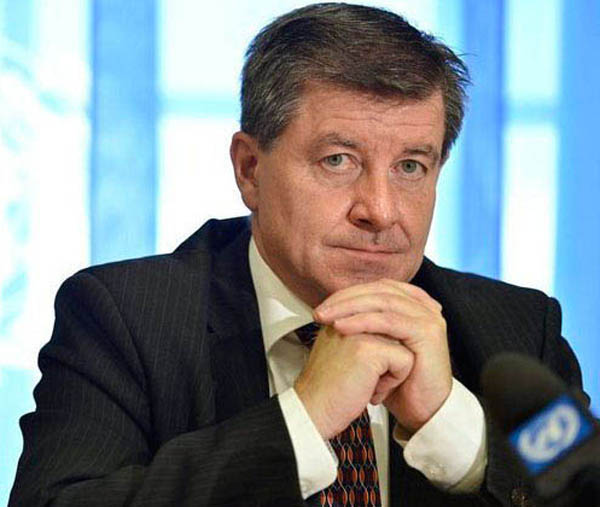The recently released International Labour Organization Report – World Employment and Social Outlook Trends 2021 – has underscored the harsh reality that the consequences of the Covid-19 pandemic are not confined solely to loss of lives.
The Report, which bares the multi-dimensional nature of the pandemic, asserted that the devastating economic crisis resulting from Covid-19 is expected to push global unemployment levels above 200 million next year and that the customarily hardest hit victims, women and youth workers are again expected to bear the brunt of the joblessness burden. Latin America and the Caribbean, already among the poorest regions in the world, are inevitably, named among the likely worst-affected regions from the loss of jobs in the first half of 2021.
Adding to the woes of the already deeply depressing news, the ILO asserts that the emergence of the world’s nations from the pandemic will not prevent the undoing of “five years of progress towards the eradication of working poverty… We’ve gone backwards, we’ve gone backwards big time,” ILO Director-General Guy Ryder stated, unveiling the deeply depressing news that “working poverty is back to 2015 levels.” Some countries, including many in the region have seen estimated working-hour losses exceed 8 per cent in the first quarter and 6 per cent in the second quarter, far higher than the global average of 4.8 and 4.4 per cent respectively. Predictably, women have had to bear the brunt of the spate of job losses that have attended the onset of the Covid-19 pandemic. The ILO Report says that women have been “disproportionately” impacted by the job losses crisis, having had to endure a 5 per cent employment fall in 2020, compared to 3.9 per cent for men.
The ILO also asserts in its report that “a greater proportion of women also fell out of the labour market, becoming inactive,” adding that “additional domestic responsibilities” had resulted from lockdowns which risked a “re-traditionalization” of gender roles.
The Report says that youth unemployment has also taken a heavy hit on account of the ravages of the pandemic and that the prevailing condition “could last for years.”
Compared to 2019, the Report says, an additional 108 million workers worldwide are now categorised as “poor” or “extremely poor” – meaning that they and their families live on the equivalent of less than $3.20 per person, per day. “While signs of economic recovery are appearing as vaccine campaigns are ramped up, the recovery is likely to be uneven and fragile,” the ILO Director-General asserted as the UN body unveiled its forecast that global unemployment will reach 205 million people in 2022, up from 187 million in 2019.
The Geneva-based organisation also projects in its Report, a “jobs gap” increase of 75 million in 2021, which is likely to fall to 23 million in 2022, if the pandemic subsides. The shortfall in jobs and working hours, the Report says, comes on top of “persistently high pre-crisis levels of unemployment, labour underutilization and poor working conditions.”






